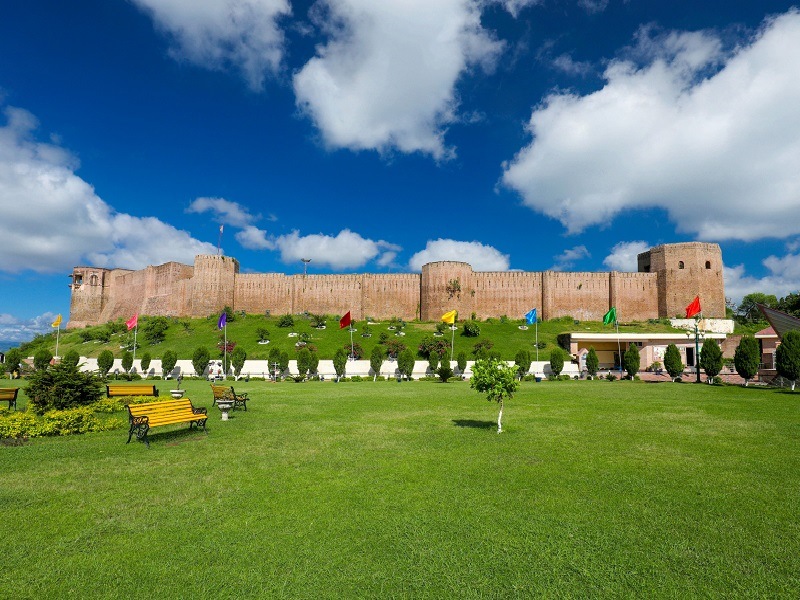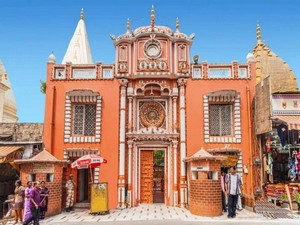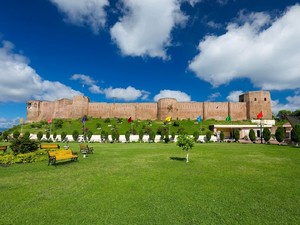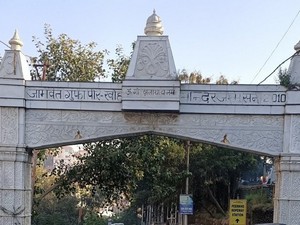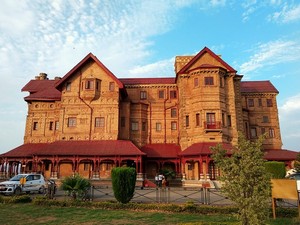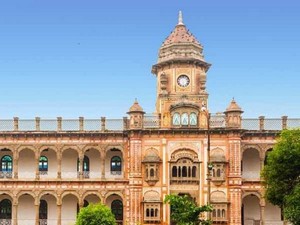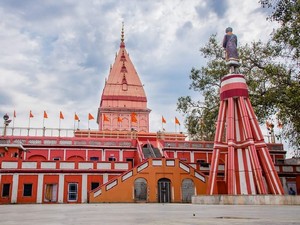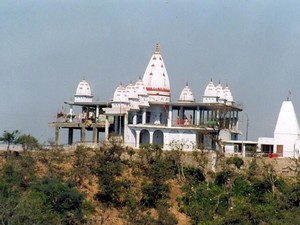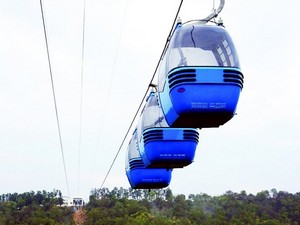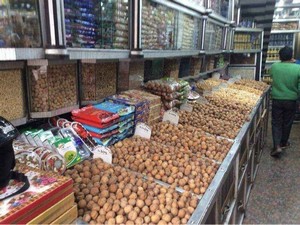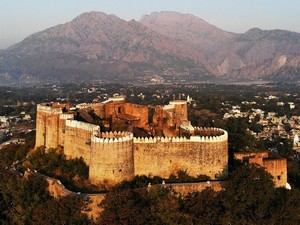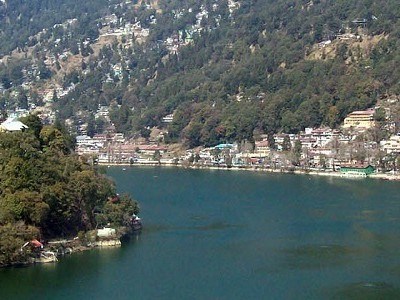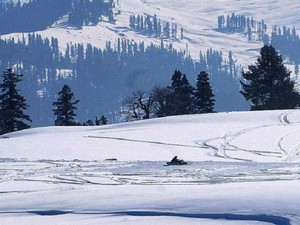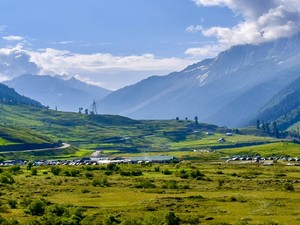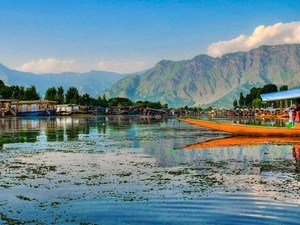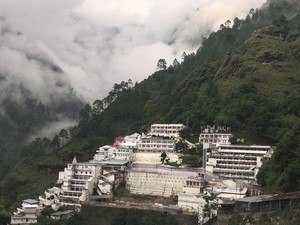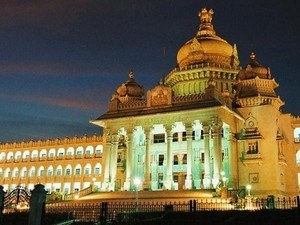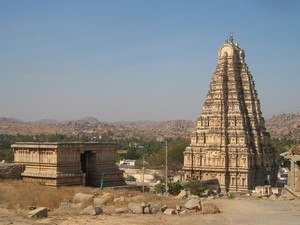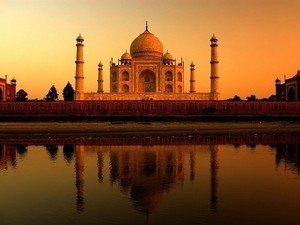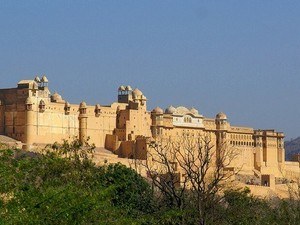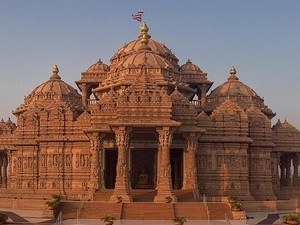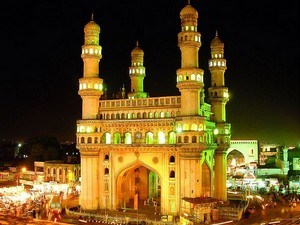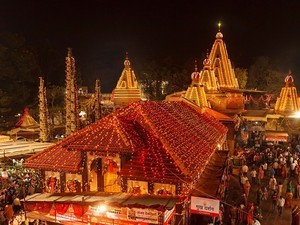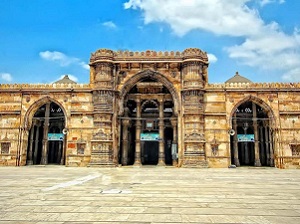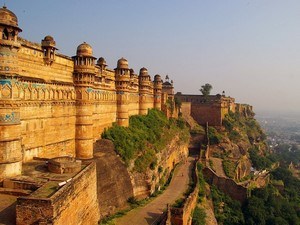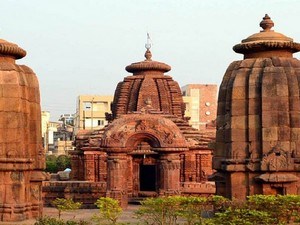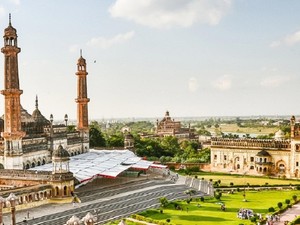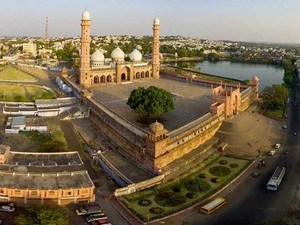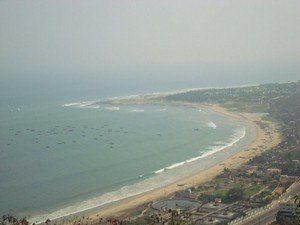JAMMU TOURISM | TOURIST PLACES TO VISIT & TRAVEL GUIDE TO JAMMU
![]() Hill Station
Hill Station
About Jammu
 Country: India | State: Jammu & Kashmir
Country: India | State: Jammu & Kashmir
 #100 of 5 Places to visit in Jammu & Kashmir
#100 of 5 Places to visit in Jammu & Kashmir
 Ideal Trip Duration: 2 Full Days
Ideal Trip Duration: 2 Full Days
 Nearest City to Jammu: Jammu
Nearest City to Jammu: Jammu
 Best Time to Visit Jammu: October to May
Best Time to Visit Jammu: October to May
 Peak Season: December to January & March to May
Peak Season: December to January & March to May
At a distance of 52 km from Katra, 73 km from Udhampur, 105 km from Pathankot, 119 km from Patnitop, 168 km from Dalhousie, 202 km from Anantnag, 246 km from Pahalgam, 252 km from Srinagar, 335 km from Sonamarg, 368 km from Chandigarh, 465 km from Shimla, and 594 km from Delhi, Jammu is the winter capital of the Indian union territory of Jammu and Kashmir. It is one of the top places to visit in Jammu & Kashmir, and among the must-include places in India tour packages.
Lying on the banks of the river Tawi, Jammu is the second most populous city in Kashmir and among the most visited place as part of Kashmir tour packages. Jammu, nestled against the backdrop of the snow-capped Pir Panjal Mountains, forms part of the transition between the Himalayan range in the north and the dusty plains of Punjab in the south. The city is known as the City of Temples for its ancient temples and Hindu shrines. Since it is also the starting point for the hugely popular Vaishno Devi Temple and Amarnath Yatra, it is visited by tourists from far and wide as part of Jammu tour packages.
According to history, the city was originally founded by Raja Jambulochan, who is believed to have ruled the area in the 9th century. One day, Raja had gone out for hunting when he happened to witness a tiger and a goat drinking water from the same pond. Fascinated by this unique sight, he decided to build a city at this place overlooking his brother king Bahu's fort, among the must-include places in Jammu tour packages. Hence, the city is called Jamboopura and gradually it came to be known as Jammu. The local tradition holds the city to be 3000 years old but this is not supported by historians.
The city was earlier under the rule of Manhas Rajputs. Emperor Akbar brought the hill kingdoms of the region under Mughal suzerainty, but the kings enjoyed considerable political autonomy. In 1808, Jammu itself was annexed to the Sikh Empire by Maharaja Ranjit Singh, the son of Mahan Singh. In 1818, Raja Kishore Singh, the father of Raja Gulab Singh, was appointed and anointed the ruler of Jammu Principality hence starting the Jamwal Dynasty, aka Dogra Dynasty. Kashmir came into being as a single political and geographical entity following the Treaty of Amritsar between the British Government and Gulab Singh signed on 16th March 1846. Since then, the state remained under the Dogra rule till the time India gained independence. Jammu has historically been the capital of Jammu Province and the winter capital of the princely state of Jammu and Kashmir (1846-1952). After the partition of India, Jammu continues as the winter capital of the Indian state of Jammu & Kashmir.
With its majestic temples, religious shrines, snow-capped peaks, and cultural heritage, Jammu is truly a melange of pilgrimage, leisure, natural beauty, and heritage. The city houses the famous Maha Kali Temple which is considered second only to the Vaishno Devi Temple, Katra. Raghunath Temple, Bahu Fort, Peer Kho Cave, Bhimgarh Fort, Baag-e-Bahu, Manda Zoo, Amar Mahal Palace, Mubarak Mandi Palace, Sidhra Golf Course, Ranbireshwar Temple, Dogra Art Museum, Rajender Park, Shiv Khori, Dudhadhari Mandir, etc., are some of the popular places to visit in Jammu. Besides, one can also visit Buddhist Stupas dating back to the 2nd century AD that are speaking about its rich heritage. The eccentricity of Jammu is also prevalent in its Dogra cuisine the crown of which is the scrumptious Wazwan (traditional Kashmiri buffet). Jammu is truly a melange of pilgrimage, leisure, natural beauty, and heritage.
Lohri is one of the most popular and most celebrated festivals in Jammu that is held every year in January. This event witness the dawn of merriment and joy across the city and also marks the onset of spring which is known as Makar Sankranti in other parts of the country. Apart, a special dance called the 'Chajja' is also performed during this festival. The other festivals celebrated in Jammu are Baisakhi, Eid-ul-Fitr and Eid-ul-Azha, and Navratra Festival with much fervor that draws thousands of tourists.
Satwari Airport, Jammu is the nearest airport which is about 6 km from Jammu Railway Station. It has well-connected flights from New Delhi, Srinagar, and Leh. Jammu Tawi is well connected by trains with Kalka, Ahmedabad, Jabalpur, Udhampur, Bandra, Kota, Tirunelveli, Prayagraj, New Delhi, Bhavnagar, and Jamnagar. Jammu Bus Stand is the nearest bus station which is about 6 km from Jammu Railway Station, and direct buses from cities like Patnitop, Srinagar, and Amritsar. Also, many private buses ply to Jammu from New Delhi, Manali, and Shimla.
The best time to visit Jammu is from October to early May when the weather is pleasant and the landscape is absolutely stunning with lush green patches, and hints of snow here and there. Monsoon is not the ideal time for a vacation to Jammu as there is always a risk of vehicular disruption because of landslides or other mishaps.
None

